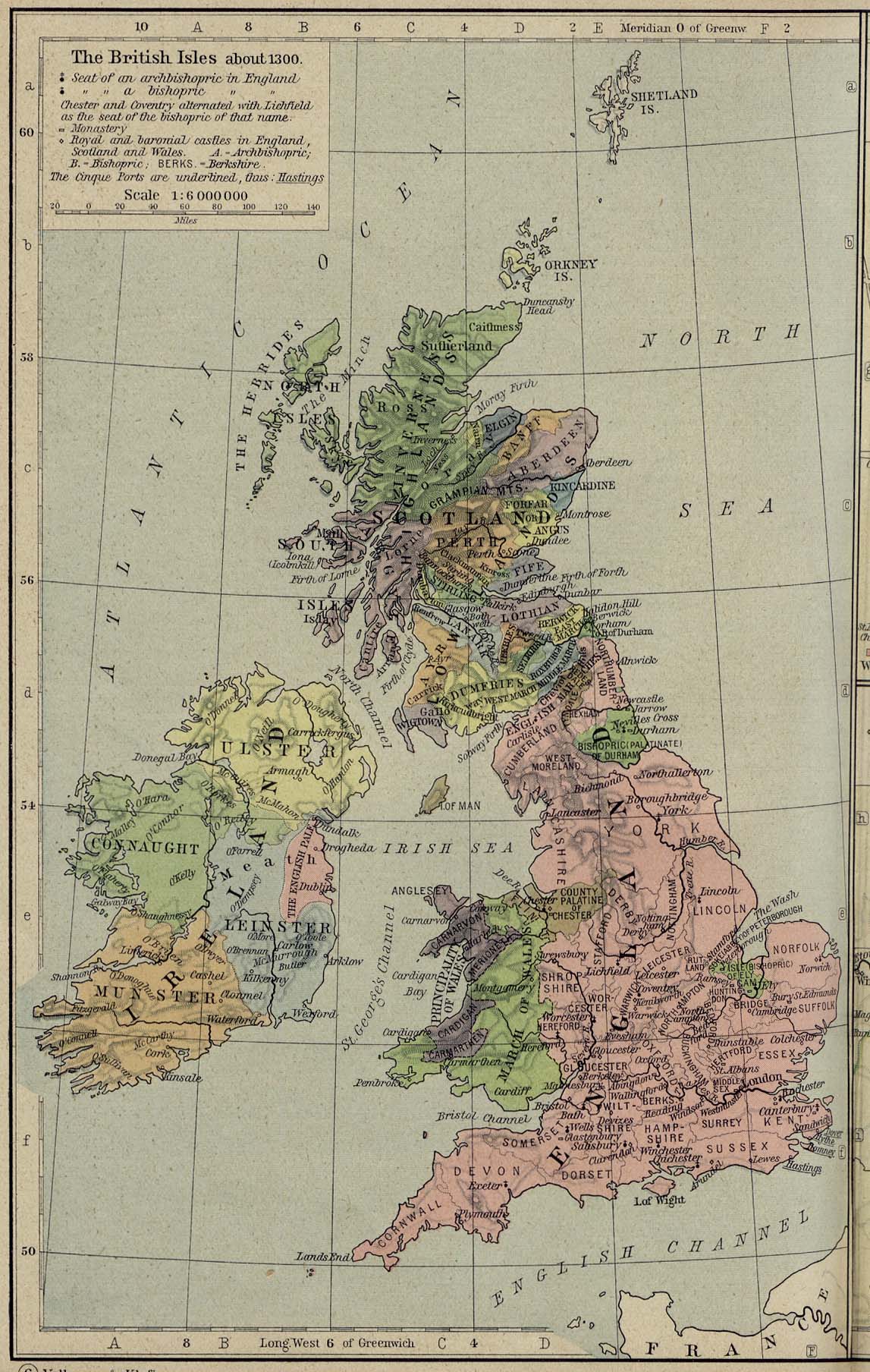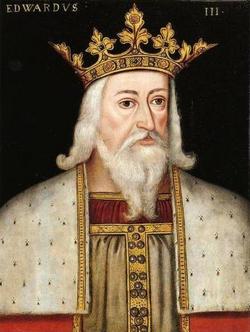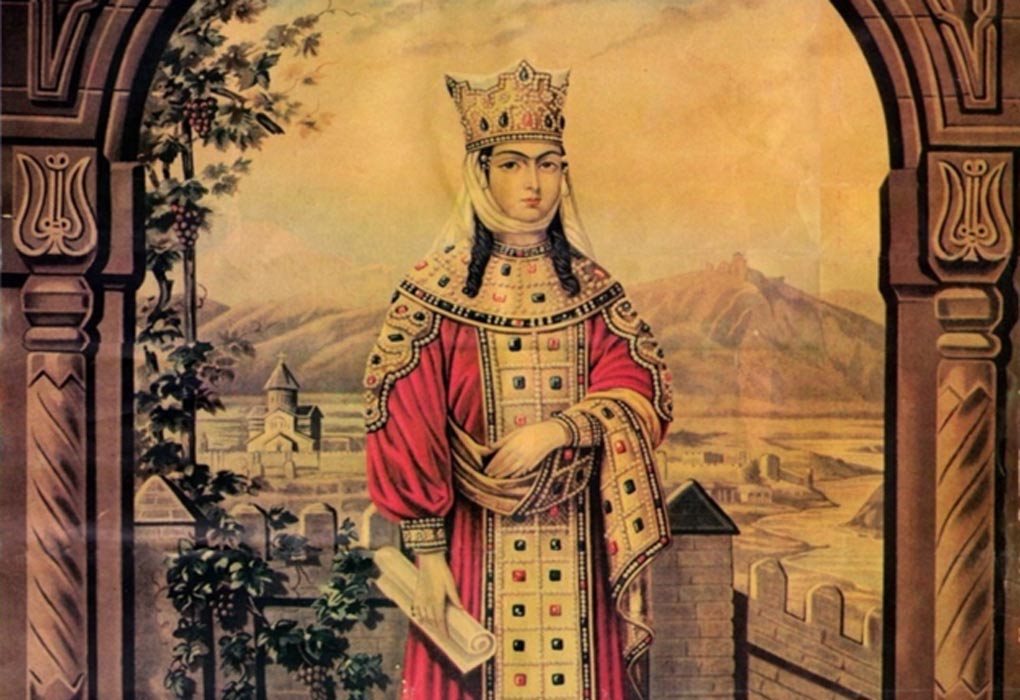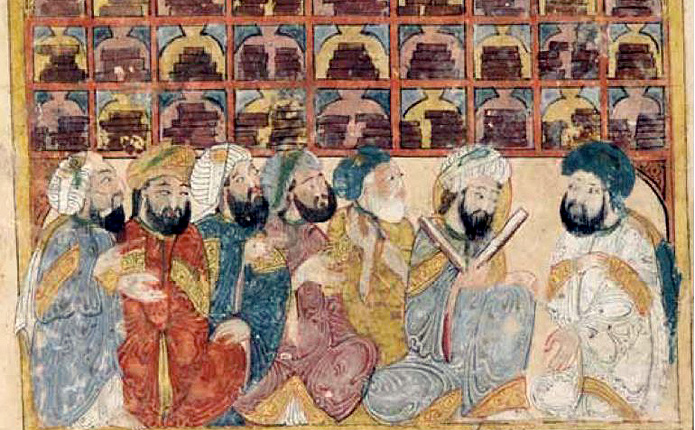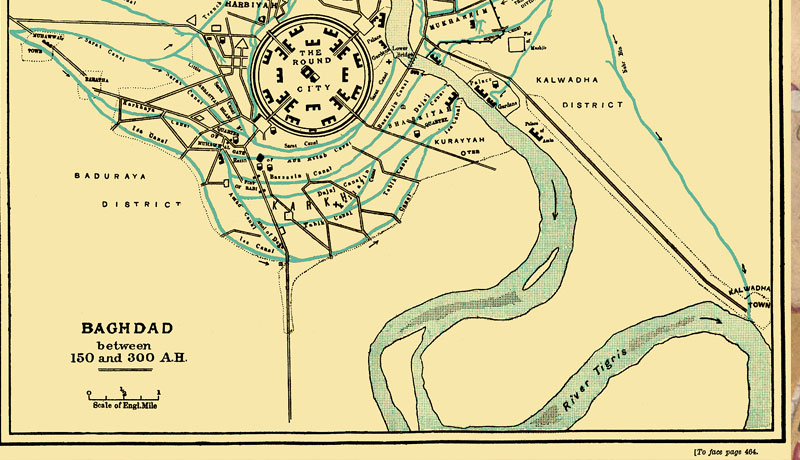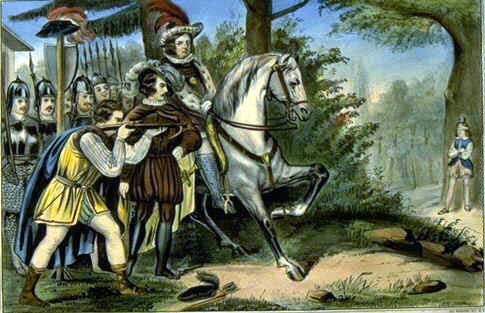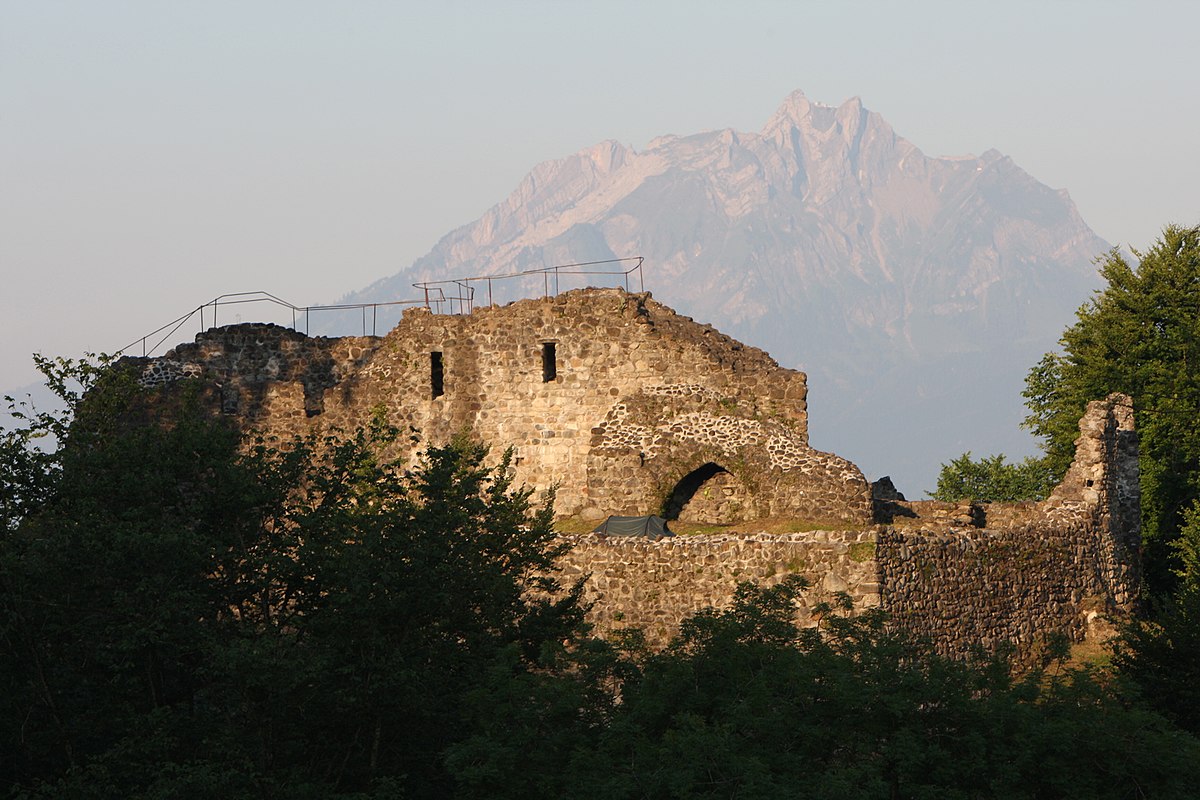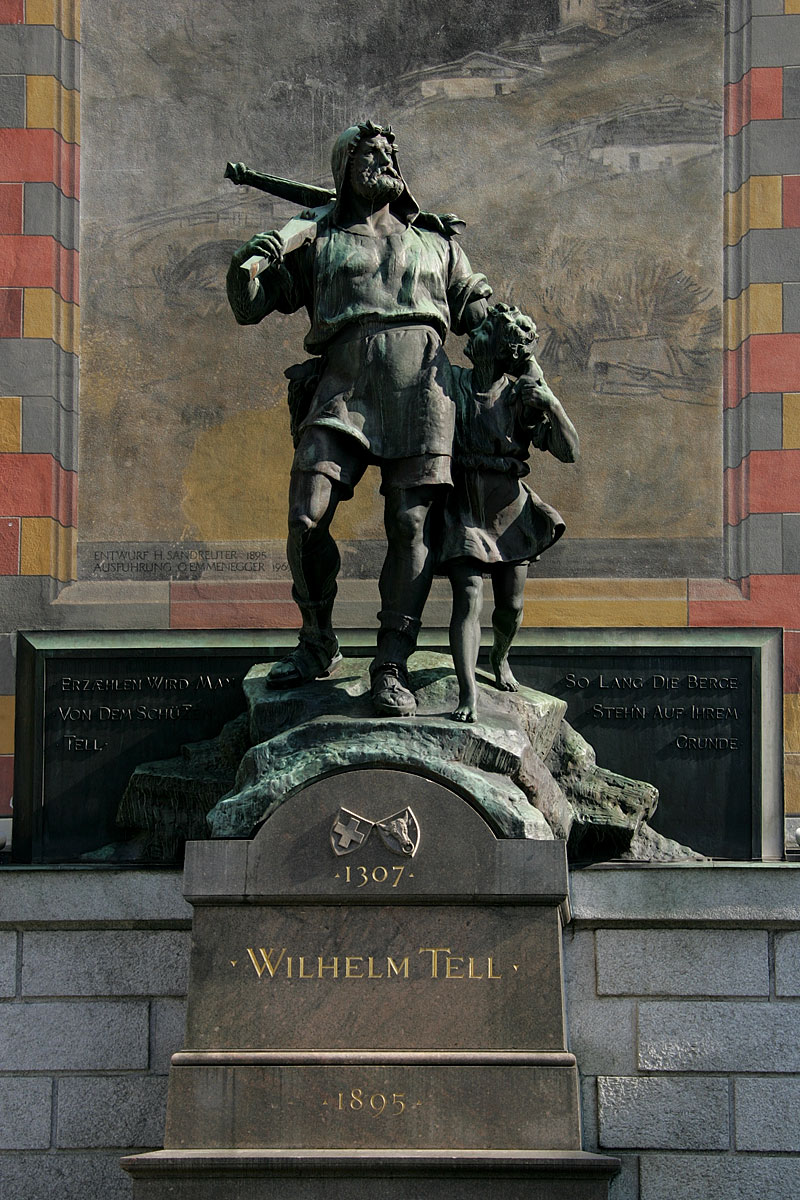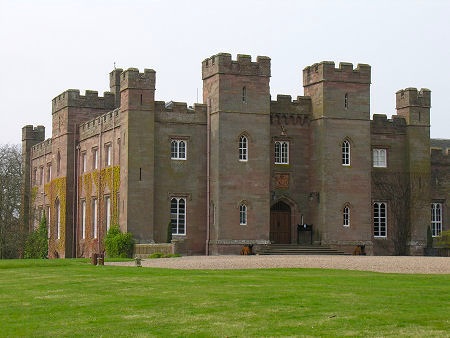Khutulun Mongol, alternatively known as Aigiarne, Aiyurag, Khotol Tsagaan, Ay Yaruq,¹ and in fiction as Turandot, was a warrior princess of the Chagatai Khanate in the late 13th, and early 14th centuries. Her father, the warmongering Kaidu, trusted her as one of his chief military and political experts. He would have made her the next khan, but possessors of y chromosomes disagreed. Today, Khutulun is best known for refusing to marry any man who couldn't beat her in a wrestling match.
At the time of Khutulun's birth in 1260, Genghis Khan's massive empire had been split into several, less massive parts. Kublai Khan, the preeminent of his successors, was ruling Yuan China in decadent luxury. Kublai had, for all intents and purposes, abandoned his nomadic Mongolian roots, something that irritated the lesser khans sworn to him.
Kaidu, leader of the Chagatai Khanate, was chief among the irritated. He didn't believe in settled existence, and instead spent his time making war with the peoples around his empire. The Chagatai Khanate, which encompasses modern Uzbekistan, Tajikistan, Kyrgyzstan, Kazakhstan, Afghanistan, Pakistan, and Western China, was as nomadic and warlike as Genghis Khan had been. As such, they considered it their duty to make war on Kublai Khan and Yuan China as much as possible.
Enter Khutulun. The youngest and only girl of Kaidu's fifteen children, she was her father's favorite. Renowned for her skills in the three Mongol sports--archery, wrestling, and horse racing--Khutulun accompanied her father into battle, terrifying their enemies with her unique, but inefficient style of warfare. According to Marco Polo, one of the two contemporaries who wrote about her:
Khutulun is best known, however, for her skill in wrestling. She was undefeated, taking down wrestlers of all shapes and sizes. It's not surprising, Marco Polo described her as:
Khutulun was a prime prize on the marriage market, but she made her father promise her, in writing, that she could choose her own husband. She then issued the challenge: she would marry any man who could beat her in a wrestling match, but to wrestle her, a man had to wager 100 horses. If he lost, she kept the horses. If he won, she'd marry him. No one quite measured up. By the time of her death, Khutulun had 10,000 horses.²
This served to increase Khutulun's popularity among her people, after all, victors in war and sports were considered blessed and favored, but it didn't get her married, something her parents weren't too happy about. In 1280, a rich and attractive prince came riding up. Cocksure, he wagered 1,000 horses that he would beat and marry Khutulun. Kaidu and Khutulun's mother begged her to throw the match. After all, the prince was young, handsome, rich, and a fierce warrior. Khutulun refused. She not only defeated the prince and took his horses, she so thoroughly defeated him that he slunk away, humiliated, in the night.
Khutulun did eventually get married, though not to a man who defeated her. Some sources hold that she married to stave off rumors that she and her father were getting biblical. Other sources say that she fell in love. That Khutulun married is not in doubt, who she married, on the other hand, is. According to contemporary sources and the legends that grew up around her, Khutulun may have married:
Who she married is uncertain, but it seems that she stayed close to home, because her father tried to make her his successor as khan. However, as might be expected, despite her qualifications people objected on the grounds of her gender. Kaidu was instead succeeded by Duwa, the son of a rival. Though Khutulun supported her brother Orus in his attempts to become khan, she was unsuccessful. Khutulun died in 1306
Aside from brief mentions in Marco Polo's travel diaries, and the letters of Rashad al-Din, Khutulun barely makes a mark in the historical narrative. She is known best in the west as the basis for the character of Turandot, but among the Mongolians she is remembered as the best wrestler to ever live. She influence is evident in the costume of Mongolian wrestlers--a vest that leaves the chest bare, boots, and briefs. Since her death, women have not been allowed to wrestle, this costume, along with the victory dance performed after a match, proves that the wrestler is male. Centuries later, Khutulun's athletic exploits are remembered, even if her name is not.
¹All of these mean something to the effect of "moonlight".
² In Mongolian tradition "10,000" doesn't really mean 10,000. It means "so many I didn't want to count". The real number of Khutulun's horses may be higher or lower, but either way, she won a LOT of horses.
Sources
The Secret History of the Mongol Queens by Jack Weatherford
The Travels of Marco Polo: the Venetian by Marco Polo
From the Oxus Rivers to the Syriac Shore by Li Tang and Dietmar W. Winkler
The Wrestler Princess
Khutulun: Descendant of Genghis Khan and Asia's Fiercest Female Badass
Khutulun: the Undefeated Badass Mongolian Warrior Princess
Khutulun: the Wrestler Princess
 |
| Khutulun wrestling a potential suitor. Painted by an Italian more than a century after her death, it seems unlikely that this is an accurate likeness. |
Kaidu, leader of the Chagatai Khanate, was chief among the irritated. He didn't believe in settled existence, and instead spent his time making war with the peoples around his empire. The Chagatai Khanate, which encompasses modern Uzbekistan, Tajikistan, Kyrgyzstan, Kazakhstan, Afghanistan, Pakistan, and Western China, was as nomadic and warlike as Genghis Khan had been. As such, they considered it their duty to make war on Kublai Khan and Yuan China as much as possible.
Enter Khutulun. The youngest and only girl of Kaidu's fifteen children, she was her father's favorite. Renowned for her skills in the three Mongol sports--archery, wrestling, and horse racing--Khutulun accompanied her father into battle, terrifying their enemies with her unique, but inefficient style of warfare. According to Marco Polo, one of the two contemporaries who wrote about her:
"...the damsel rushed into the midst of the enemy, and seizing upon a horseman, carried him off to her own people."This daring do, along with her other victories, terrified her enemies, and made people believe that Khutulun was blessed by the gods.
Khutulun is best known, however, for her skill in wrestling. She was undefeated, taking down wrestlers of all shapes and sizes. It's not surprising, Marco Polo described her as:
"...so well-made in all her limbs, and so tall and strongly built, that she might almost be taken for a giantess"
 |
| The Chagatai Khanate |
This served to increase Khutulun's popularity among her people, after all, victors in war and sports were considered blessed and favored, but it didn't get her married, something her parents weren't too happy about. In 1280, a rich and attractive prince came riding up. Cocksure, he wagered 1,000 horses that he would beat and marry Khutulun. Kaidu and Khutulun's mother begged her to throw the match. After all, the prince was young, handsome, rich, and a fierce warrior. Khutulun refused. She not only defeated the prince and took his horses, she so thoroughly defeated him that he slunk away, humiliated, in the night.
Khutulun did eventually get married, though not to a man who defeated her. Some sources hold that she married to stave off rumors that she and her father were getting biblical. Other sources say that she fell in love. That Khutulun married is not in doubt, who she married, on the other hand, is. According to contemporary sources and the legends that grew up around her, Khutulun may have married:
- A man who failed to assassinate her father
- An attractive man who had been taken as a war prisoner
- A good looking soldier
- A friend of her father
- Ghazan Mongol, the ruler of Persia
Who she married is uncertain, but it seems that she stayed close to home, because her father tried to make her his successor as khan. However, as might be expected, despite her qualifications people objected on the grounds of her gender. Kaidu was instead succeeded by Duwa, the son of a rival. Though Khutulun supported her brother Orus in his attempts to become khan, she was unsuccessful. Khutulun died in 1306
 |
| Modern traditional Mongolian wrestlers. In Khutulun's time wrestling consisted of two people grappling. The first to drive the other to the ground was the winner. |
¹All of these mean something to the effect of "moonlight".
² In Mongolian tradition "10,000" doesn't really mean 10,000. It means "so many I didn't want to count". The real number of Khutulun's horses may be higher or lower, but either way, she won a LOT of horses.
Sources
The Secret History of the Mongol Queens by Jack Weatherford
The Travels of Marco Polo: the Venetian by Marco Polo
From the Oxus Rivers to the Syriac Shore by Li Tang and Dietmar W. Winkler
The Wrestler Princess
Khutulun: Descendant of Genghis Khan and Asia's Fiercest Female Badass
Khutulun: the Undefeated Badass Mongolian Warrior Princess
Khutulun: the Wrestler Princess



